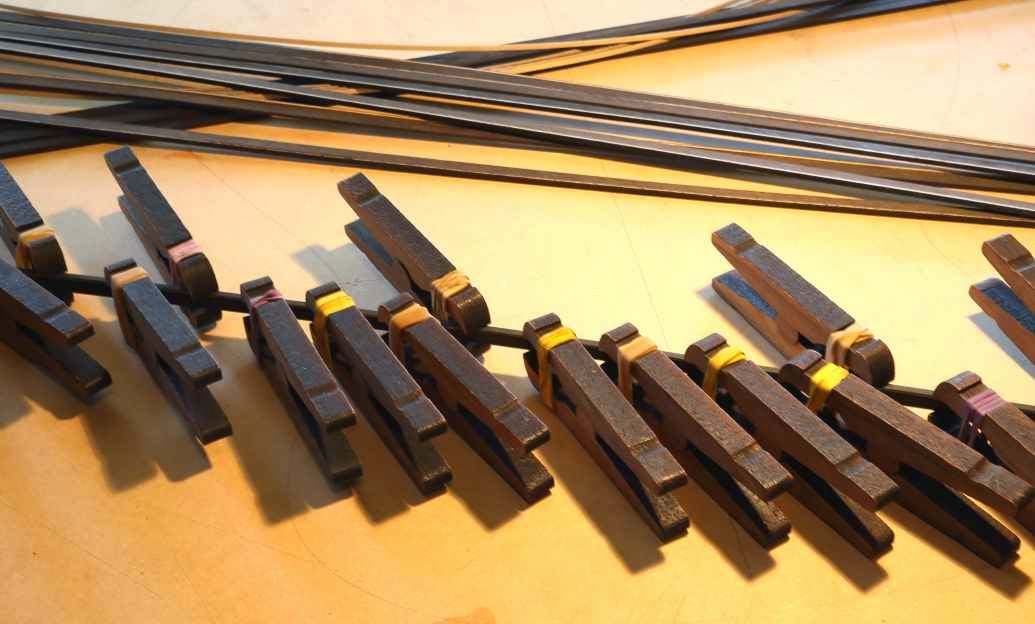Luthier's Workbench is a software application built with the instrument builder and repairer in mind.
It's been some time since I released a new version, due mainly to the fact that recent changes have not been particularly significant. However, there have been enough of them now that it's high time I made the effort to release an update.
It's been some time since I released a new version, due mainly to the fact that recent changes have not been particularly significant. However, there have been enough of them now that it's high time I made the effort to release an update.
 |
| Click the image for a larger view. |
Adding to the motivation for doing so is a recent support call that related to a user's inability to save changes to the application database. He had been able to add and edit records previously, but error messages suddenly began appearing, seemingly for no reason. Before I'd had time to investigate, the user saved me any effort and discovered for himself that the attributes of the folder in which the data file is stored had somehow been set to "read only" at some point.
He was able to resolve the problem himself without difficulty, but to avoid the problem altogether, I've made changes to the program logic in the new version so that the folder attributes are explicitly set to "read/write" every time the application is started.
You can see a summary of the changes incorporated in the new version HERE.
For anyone who hasn't encountered this software before, here's a summary of its capabilities:
You can download a free, fully-functional 30-day trial version HERE.
Cheers
Pete
For the Builder
* Record woods, hardware and finish materials for your instruments.
* Record dimensions, weights, deflection measurements and resonant frequencies for any instrument part.
* Record standard model features as well as popular options such as soundports, bevels or fanned-frets.
* Assign prices to each model and build option offered to automate calculation of instrument prices.
* Enter finish schedules and notes to serve as a valuable reference for future builds.
* Use the Image Gallery feature to link images to individual instruments.
* Store address and contact details for all your customers and suppliers.
For the Repairer
* Build a price list for the repair services you offer as well as parts either sold directly or used in repair work.
* Automate the preparation of quotes by selecting from your list of repair services and parts.
* Print quotes, invoices, receipts, job sheets and build specifications.
* Keep track of quoted jobs, incomplete and completed work, as well as jobs requiring an invoice.
* Identify unpaid invoices.
* View customer build and repair job histories.
* Compare income and expenses and keep track of Sales Tax/GST/VAT.
* Filter income and expenses by a date or date range.
You can download a free, fully-functional 30-day trial version HERE.
Cheers

















